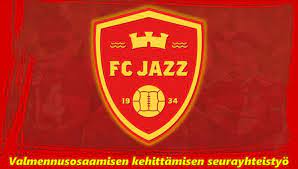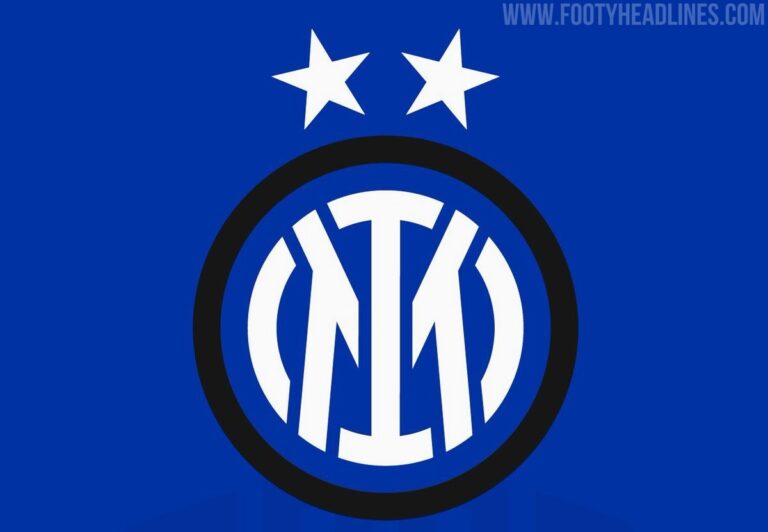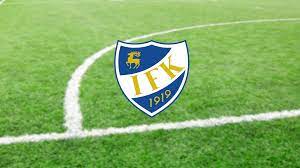
Santa Clara FC
Effective leadership is the backbone of any successful football club, influencing every aspect from tactical execution on the pitch to team harmony off it. At Santa Clara FC, the leadership team’s approach is instrumental in cultivating a culture of discipline, innovation, and collective responsibility.
Establishing Clear Objectives and Santa Clara FC
Leadership at Santa Clara FC consistently communicates a clear vision and set objectives for the team. Setting tangible goals creates a shared purpose, motivating players to strive for excellence. Whether it’s winning league titles, progressing through cup competitions, or developing young talent, every member of the club understands their role in achieving these aims u888 com.
Moreover, the leadership team regularly engages in strategic reviews of progress towards these goals. This iterative process allows adjustments to tactics and philosophies as needed, fostering adaptability and resilience within the squad. The ability to pivot in response to challenges solidifies the team’s position as a formidable competitor.
Fostering Open Communication
Transparent communication channels between players and management are vital to maintaining a positive atmosphere. Leadership at Santa Clara FC encourages dialogue, enabling players to voice concerns, share insights, and contribute ideas. Regular team meetings promote unity and ensure everyone is aligned with the team’s objectives.
Such engagement empowers players, making them feel valued and respected. In turn, this leads to heightened morale and greater commitment on the pitch. When a team feels heard, they are more likely to put forth maximum effort, resulting in improved performances.
Nurturing a Culture of Accountability
Another hallmark of effective leadership is the establishment of a culture of accountability. At Santa Clara FC, leaders hold themselves and their players accountable for actions and results. Such accountability creates an environment where individuals take ownership of their roles, both in successes and failures.
Leaders emphasize learning from mistakes rather than assigning blame, thus promoting a growth mindset. Players are encouraged to evaluate their performances critically and seek areas for improvement, fostering an ethos of continuous development. This self-reflective culture ensures the team evolves positively over time, reinforcing their competitive edge.
Conclusion
Santa Clara FC embodies a compelling blend of historic legacy, dynamic gameplay, passionate fans, and community engagement. Its rich history showcases resilience and growth, while its current squad and management continue to strive for excellence across domestic and cup competitions. As fixtures unfold, the team’s ability to adapt and perform under pressure will determine its trajectory in the coming seasons. Ultimately, Santa Clara FC is more than just a football club; it is a beacon of regional pride, community spirit, and sporting ambition, inspiring generations both on and off the field.



